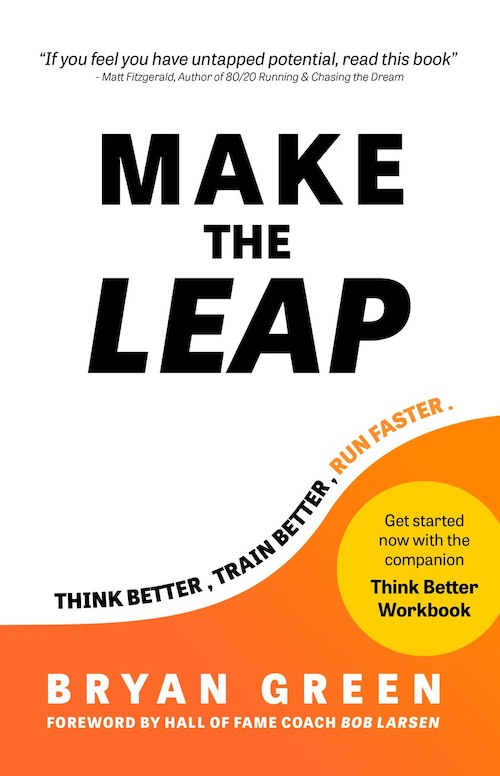 Ultrarunners are no strangers to pushing their bodies to the limit. However, recent research highlights a significant health risk associated with this extreme sport: acute kidney injury (AKI). A study published in Physiological Reports reveals that ultra-trail runners face an elevated risk of AKI, particularly during the first half of their races.
Ultrarunners are no strangers to pushing their bodies to the limit. However, recent research highlights a significant health risk associated with this extreme sport: acute kidney injury (AKI). A study published in Physiological Reports reveals that ultra-trail runners face an elevated risk of AKI, particularly during the first half of their races.
Understanding Acute Kidney Injury
Acute kidney injury, often referred to as acute renal failure, is a sudden and severe decline in kidney function occurring over hours or days. Following intense physical exertion, such as that experienced in ultrarunning, the kidneys may struggle to eliminate serum creatinine from the blood—a waste product normally filtered by healthy kidneys. Elevated serum creatinine levels can lead to AKI, manifesting through symptoms like reduced urination, digestive issues, fatigue, vomiting, and headaches. In its most severe form, AKI can be life-threatening.
Endurance athletes are uniquely susceptible to AKI due to the prolonged and intense physical demands of their sport. The recent study emphasizes the importance of recognizing and mitigating this risk to ensure the long-term health and performance of ultrarunners.
Insights from the Study
The study involved 55 participants in a simulated ultra-trail race set in Clécy, Normandy, France. This grueling course spanned 156 kilometers with 6,000 meters of elevation gain, requiring runners to complete six 26-kilometer loops. Refreshment stations were strategically placed at the end of each loop to provide opportunities for hydration and nutrition.
Out of the 55 runners, 13 (23.6 percent) did not finish the race. Reasons for withdrawal included musculoskeletal injuries like sprains and fractures, as well as fatigue, hypothermia, and gastrointestinal problems.
 Researchers utilized the RIFLE criteria (Risk, Injury, Failure, Loss of Kidney Function, and End-stage Kidney Disease), a standard measure in intensive care units, to evaluate kidney health. The findings were alarming: 88 percent of runners exhibited high RIFLE scores during the first two laps, with the peak kidney damage occurring around the 52-kilometer mark. This indicates that the risk of AKI is significantly higher in the first half of the race.
Researchers utilized the RIFLE criteria (Risk, Injury, Failure, Loss of Kidney Function, and End-stage Kidney Disease), a standard measure in intensive care units, to evaluate kidney health. The findings were alarming: 88 percent of runners exhibited high RIFLE scores during the first two laps, with the peak kidney damage occurring around the 52-kilometer mark. This indicates that the risk of AKI is significantly higher in the first half of the race.
Interestingly, as runners progressed past the 78-kilometer mark, RIFLE scores fluctuated and generally declined, likely due to the restorative effects of mid-race rest and hydration. By the race’s conclusion, almost all participants had returned to normal kidney function within 24 hours, except for one individual who experienced prolonged issues.
The Impact of NSAIDs
Nonsteroidal anti-inflammatory drugs (NSAIDs), such as ibuprofen, are widely used by athletes to manage pain and inflammation. However, these medications can exacerbate the risk of AKI. The study’s authors highlight previous cases where healthy ultrarunners developed acute renal failure after consuming NSAIDs before a race. Recognizing this danger, some major events, like the Ultra-Trail du Mont-Blanc (UTMB), have banned the use of NSAIDs to safeguard participants’ kidney health.
 Adequate hydration plays a pivotal role in preventing AKI. Maintaining proper fluid levels helps the kidneys function efficiently and mitigates dehydration, a critical risk factor for AKI. Ultrarunners must prioritize hydration and be attentive to their body’s signals, even if it means withdrawing from a race to prevent severe health complications.
Adequate hydration plays a pivotal role in preventing AKI. Maintaining proper fluid levels helps the kidneys function efficiently and mitigates dehydration, a critical risk factor for AKI. Ultrarunners must prioritize hydration and be attentive to their body’s signals, even if it means withdrawing from a race to prevent severe health complications.
Proactive Measures for Runners
To minimize the risk of AKI, ultrarunners should adopt the following preventive strategies:
- Stay Hydrated: Consistently monitor and maintain hydration levels before, during, and after races. Adequate water intake supports kidney function and reduces the likelihood of dehydration-induced kidney stress.
- Avoid NSAIDs: Refrain from using NSAIDs prior to and during races. Opt for alternative pain management techniques that do not compromise kidney health. Consulting with healthcare providers for safe pain relief options is advisable.
- Listen to Your Body: Pay close attention to physical signals of distress and be prepared to stop or withdraw from the race if necessary. Early intervention can prevent minor issues from escalating into severe health problems.
Conclusion
Ultrarunning is a thrilling and demanding sport that pushes athletes to their physical and mental limits. However, the associated risks, particularly the threat of acute kidney injury, cannot be overlooked. By understanding these risks and implementing proactive measures, ultrarunners can protect their health and continue to pursue their passion safely and sustainably. Balancing ambition with awareness is key to enduring the challenges and reaping the rewards of ultrarunning.



























